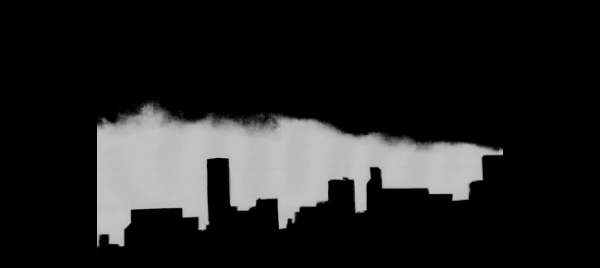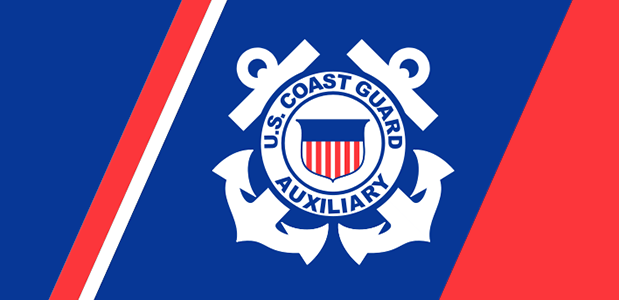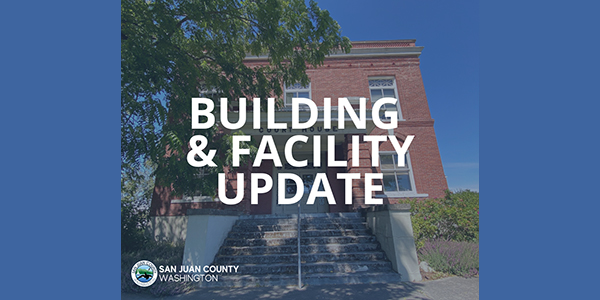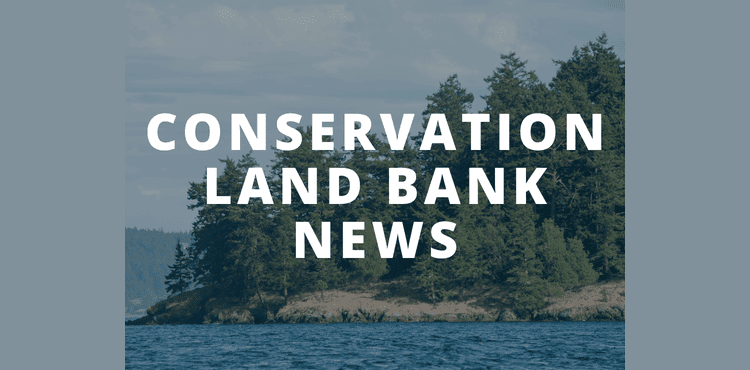— from the State Recreation and Conservation Office —
Salmon recovery efforts in Washington are making a difference – more salmon are returning home in some areas, although significant work remains – according to a new report released by the Governor’s Salmon Recovery Office.
“Washington State has been investing in salmon recovery for more than a decade, and we are starting to see some results,” said Kaleen Cottingham director of the Recreation and Conservation Office, home of the Governor’s Salmon Recovery Office, which created the report and web site. “That’s heartening. But we also see that we have a long way to go until all salmon species are healthy enough to be removed from the endangered species list.”
The newly released State of Salmon in Watersheds Executive Summary (click here) and interactive web site ( click here ) show Washington’s progress in trying to recover the 15 populations declared as at risk of extinction by the federal government and listed under the Endangered Species Act. The web site puts online live data from many sources around the state and offers interactive story maps from efforts statewide.
Some findings from the report:
· Nearly half of the 15 salmon populations are increasing.
· Measurements of the amount of water in streams and rivers show that majority of the monitoring stations assessed have stable or increasing flows. Having enough water in streams and rivers is important for keeping the water cool enough for salmon to thrive.
· 75 percent of the Washington Department of Fish and Wildlife’s hatchery programs meet or are expected to meet scientific standards to ensure conservation of wild salmon and steelhead, compared with only 18 percent of hatcheries meeting those standards in 1998.
· Shoreline armoring in Puget Sound, through bulkheads and riprap, is increasing at a rate of about a mile a year. This substantially exceeds the amount of shoreline being restored. Hardening shorelines deprives young salmon of food and shelter.
“Recovering salmon is good not only for the fish, but also for the people of Washington,” said Brian Abbott, the executive coordinator for the Governor’s Salmon Recovery Office. “We know that salmon recovery work has created nearly 7,500 jobs and generated $763 million in economic activity since 1999. Most of that money (80 percent) stays in the county where the restoration work occurred, which is a big help to the economies of rural communities.”
“Washington has great people in place in nearly every community to do the work of restoration, and this report shows we are making progress,” Cottingham said. “We just have to recognize that recovering salmon isn’t going to happen overnight. Preserving salmon essentially helps us preserve our way of life. That’s worth the effort.”
**If you are reading theOrcasonian for free, thank your fellow islanders. If you would like to support theOrcasonian CLICK HERE to set your modestly-priced, voluntary subscription. Otherwise, no worries; we’re happy to share with you.**







